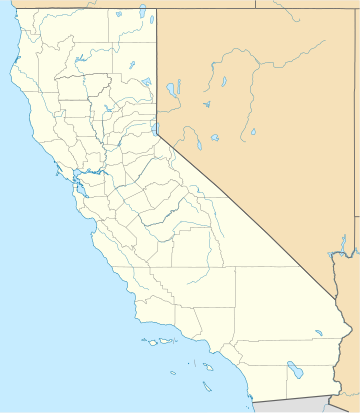First water-to-water flight
California historic landmarkThe place of First water-to-water flight was designated a California Historic Landmark (No.775) on September 25, 1962. On May 10, 1912, 26 year old Glenn L. Martin flew a self-built seaplane from Balboa Bay at Newport Bay, California to Avalon Harbor on Catalina Island, then back across the channel. His amphibian biplane, the Avalon Zipper, broke the earlier English Channel record for over-water flight. Martin's total distance was 68 miles (109 km), with the Newport-Avalon leg taking 37 minutes. Avalon Zipper had a 15-horsepower Model V Ford gasoline engine donated by Henry Ford. He picked up a bag of mail on the island on the way, and was presented with $100 prize for his achievement. The trip made headline news around the world. Soon regular seaplane passenger and freight services started between Catalina and the ports of Balboa, Long Beach, Wilmington and San Diego, like: Catalina Air Lines. Jim Watson, an aviation historian made a television documentary Wings Across the Channel, the Golden Age of Seaplanes on Catalina., starting with Glenn L. Martin trip.








